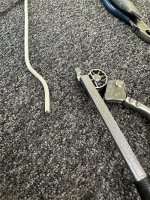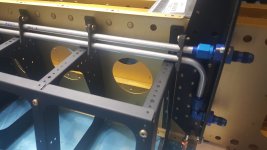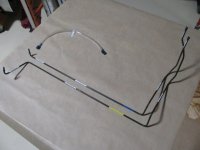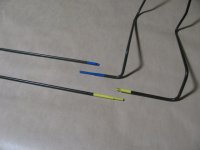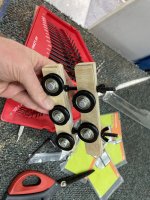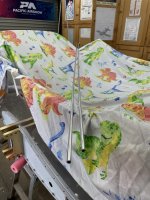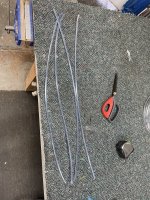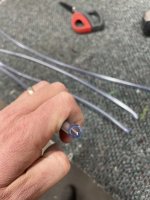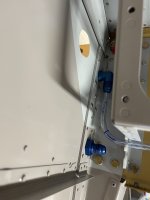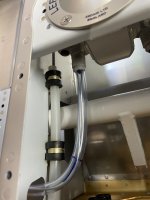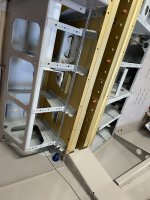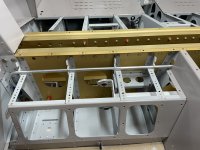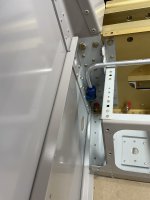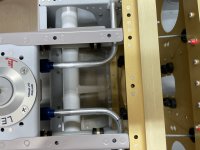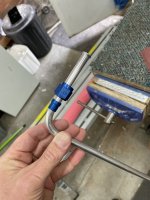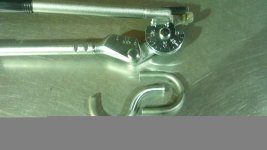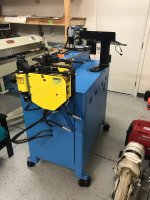Does anyone know of any good tutorials online for fabricating fuel lines? I’m building a -14 and doing a full fuel return line setup so the lines won’t be the same as the plans.
What is the best method for measuring and templating a custom line?
Any good tutorials on using the tube bender (never used it!) and doing the flares? (only ever did a couple for the vent line in the tank and have a bunch of practice flared tube ends on my windowsill! so obviously not that good at it).
What is the best method for measuring and templating a custom line?
Any good tutorials on using the tube bender (never used it!) and doing the flares? (only ever did a couple for the vent line in the tank and have a bunch of practice flared tube ends on my windowsill! so obviously not that good at it).

